- Write by:
-
Wednesday, April 3, 2024 - 19:43:17
-
71 Visit
-
Print
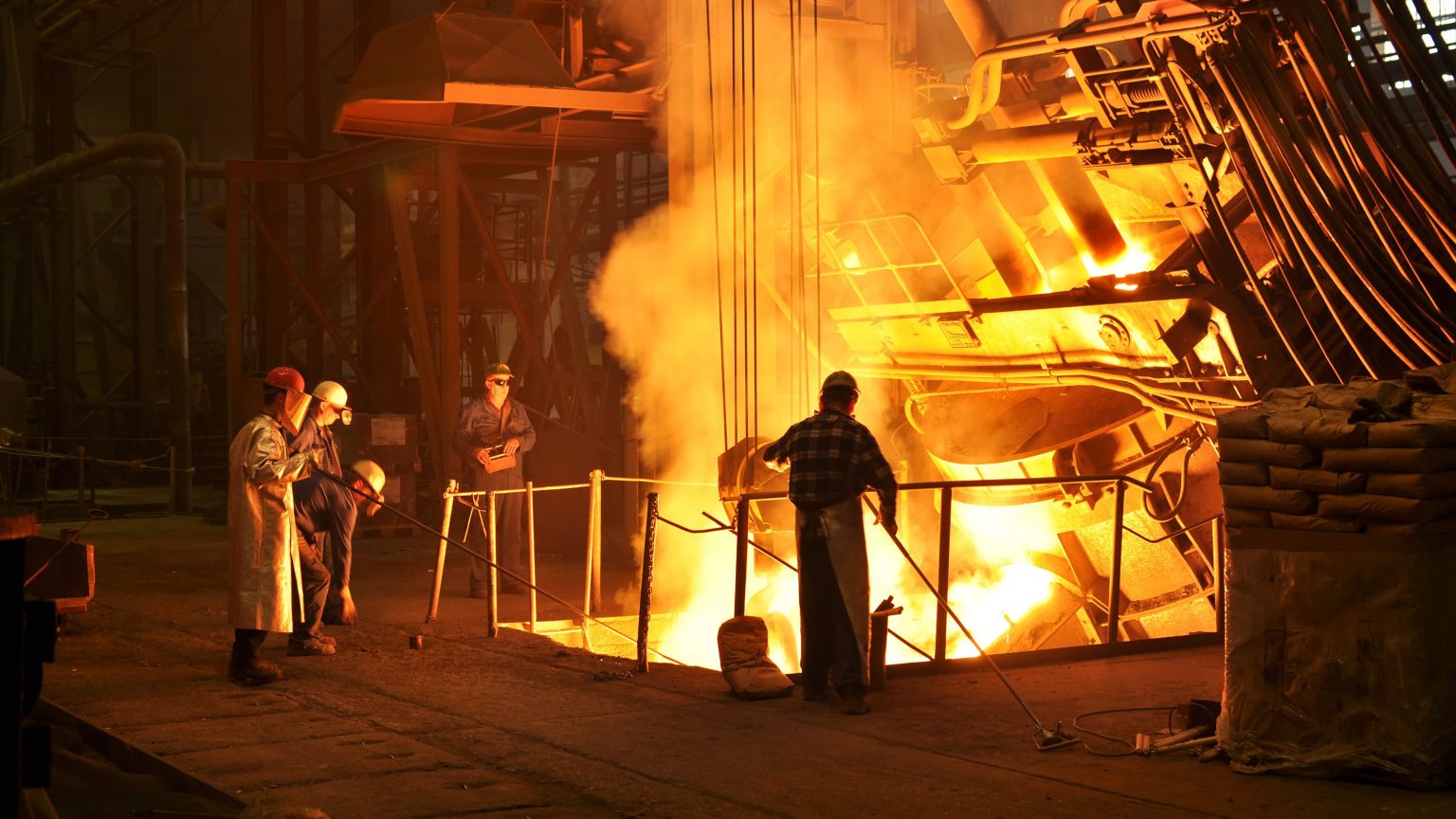
Iron ore’s reset to around $100 a ton is indicative of a broader reshaping of China’s commodities markets that favors the new economy over the old.
The steelmaking material plunged to $95.40 a ton on Monday, a 10-month low, before nosing back into three figures, testimony to the damage still being wrought by a years-long property crisis that appears far from over. In early January, Singapore futures hit $143.50 a ton, their highest since June 2022. They last traded at $100.85, marking a 30% slump.
Iron ore’s weakness comes amid tentative signs that the wider economy is beginning to heal. Factory activity snapped a five-month contraction in March, beating estimates and adding to modest signs of recovery.
That divergence between a manufacturing-led upswing and a languishing property market is likely to deepen as Beijing pursues new drivers of growth in sectors like renewable energy and advanced technology. At its peak in 2018, real estate accounted for nearly a quarter of China’s economy, according to Bloomberg Economics. Now it’s less than a fifth.
Property still makes up the bulk of steel demand. But Beijing has held off on delivering the degree of fiscal stimulus — principally infrastructure spending — that could fully offset the housing crash. Ballooning debt levels at local governments are one obstacle. Meanwhile, the usual lift to construction activity in the spring has also failed to properly materialize, creating uncertainty over when consumption might revive.
China’s mills including Angang Steel Co. and Maanshan Iron & Steel Co. reported worse-than-expected net losses in their 2023 earnings reports. Maanshan warned that conditions “will remain grim due to the mismatch between supply and demand in 2024.”
All to say, President Xi Jinping’s crackdown on property and his drive for “new productive forces” could well herald an era in which iron ore and steel play a lesser role to the metals set to benefit from the energy transition.
Structural shift
“It’s understandable if the weakness lasts for a week or two,” said Cao Ying, chief ferrous metals analyst at SDIC Essence Futures Co. “Any longer than that and the market will start to adjust its expectations as it will look more like a structural shift.”
Iron ore can’t stay below $100 a ton for too long without higher cost producers shutting up shop. That would thin out supply and put a floor under prices in the near term. But it’s the long-term demand side of the equation that’s causing most concern. The government in Australia, China’s biggest supplier, expects free-on-board prices of $95 a ton this year, $84 next year, and then levels in the $70s out through 2029.
The market’s crash contrasts starkly with another commodities bellwether, copper, which is closing in on a yearly high. Supply issues are the immediate driver, but the metal’s central role in the energy transition is driving predictions of outsized gains in the years to come. Steel and iron ore markets just won’t enjoy the same level of support from that secular shift in commodities consumption.
“There seems to be no end to the real estate crisis, local governments can’t sustain current investment levels, consumers are still very cautious,” said Tomas Gutierrez, analyst at Kallanish Commodities Ltd. There should be a seasonal demand recovery in the second quarter, “but this is not likely to be strong enough to really turn markets around,” he said.
Short Link:
https://www.miningnews.ir/En/News/628207
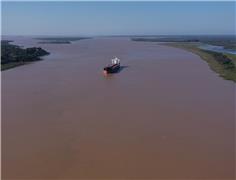
Brazil’s Corumba region could more than double iron ore shipments through neighboring Uruguay this year if there is ...
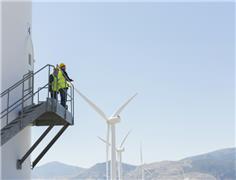
When former boss Mark Cutifani left Anglo American Plc in mid-April 2022, things had rarely looked better for the ...
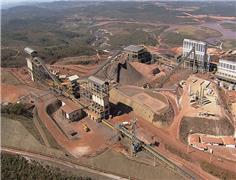
Brazilian miner Vale SA sees no impact from BHP Group’s bid for Anglo American on the latter’s Minas-Rio project, its ...
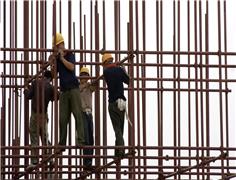
Iron ore futures were poised for a third straight weekly rise as prices largely consolidated gains on Friday, with ...
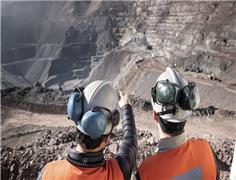
Anglo American Plc said it is has received an unsolicited non-binding combination proposal from BHP Group.
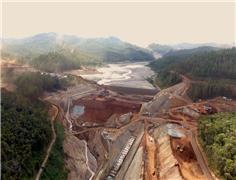
Mining company Vale expects to reach a final agreement with authorities for reparations for the collapse of the Samarco ...
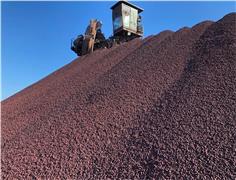
Brazilian miner Vale on Wednesday said lower prices for iron ore, nickel and copper in the first quarter dragged down ...
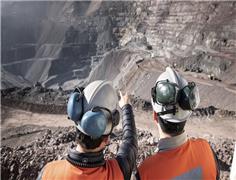
Anglo American Plc said it is has received an unsolicited non-binding combination proposal from BHP Group.
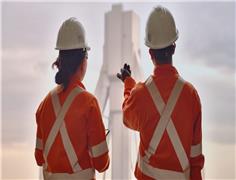
BHP Group Ltd. proposed a takeover of Anglo American Plc that values the smaller miner at £31.1 billion ($38.8 billion), ...
No comments have been posted yet ...